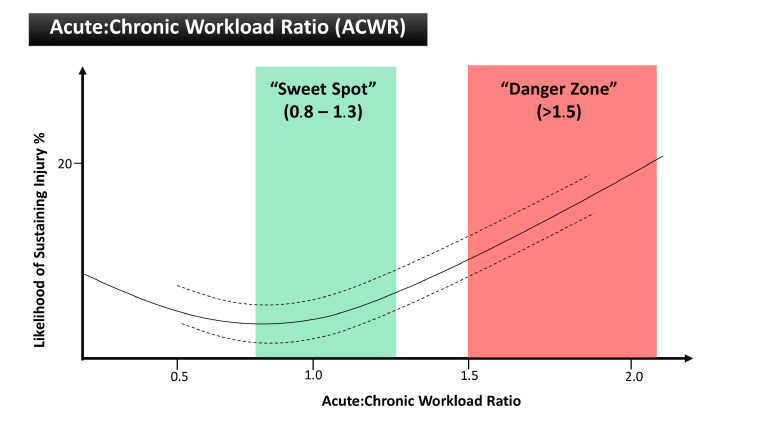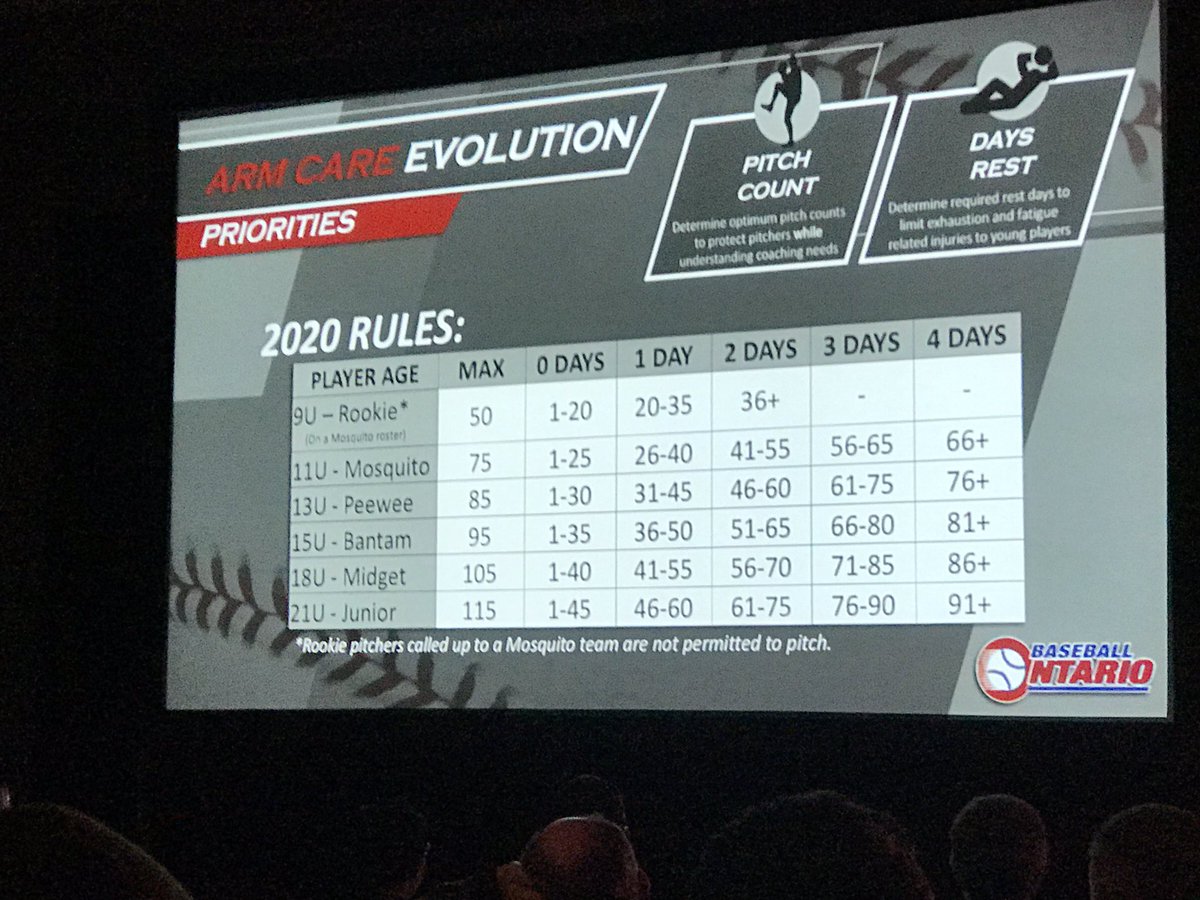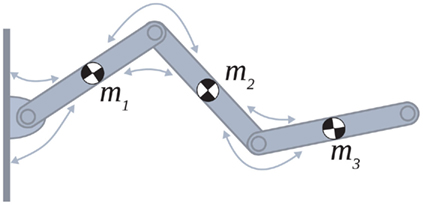Fatigue Units: A Conversation with BDG Research Director Dr. Mike Sonne
Last week, Baseball Development Group had it’s preliminary 2019 ‘Research Meeting’ to discuss our upcoming plans, projects, and talk shop about what we want to accomplish in the next twelve months (there are some cool things that we can get into that later on in this blog).
At the end of the meeting, we decided that it would probably be a good idea to have a conversation with our Research Director, Dr. Mike Sonne (@drmikesonne), to go over his background, what he’s looking into, and our future endeavours at BDG. Here’s a copy of our conversation – buffed up afterwards with some editing.

Dr. Mike Sonne has a PhD in biomechanics from McMaster University in Hamilton, where he studied muscle fatigue and how it influences performance. In the last few years he’s gotten very involved in baseball; having been a recurring guest to Pitch Talks and the Fan 590 Sportsnet, writing for The Athletic and his blog, and now working as the Director of Research with us!
[Steve] Alright Mike, time to get down to business and show off that brain of yours. Can you maybe elaborate a little bit on your PhD thesis, your interest in baseball and why you publicly boo the PA announcement of pitch clocks at baseball games? (he actually did that with me)
[Mike] Sure! I started my degree in Human Kinetics, thinking I’d full well get into the field of Athletic Therapy. I had been involved in AT as a student trainer, all throughout high school. By the end of my undergrad, I took a bit of a different turn, and got into the world of ergonomics – and primarily, coming up with new ways to evaluate the risks in how people work.
In my PhD work, I studied muscle fatigue. (You can find Mike’s research here) The goal of this work, was to come up with a model that could be used to evaluate jobs, and determine which ones would cause people to fatigue more. So, I did a bunch of studies using different techniques to evaluate fatigue. We ended up modifying an existing model, and integrating the physiological principles of motor units, to help better predict fatigue. The final product was a model that required a series of muscle demands, and specified rest breaks, and we could get an idea of how much fatigue a muscle had incurred.
I’ve always been a big baseball fan. I pitched a bit in the earlier part of high school, but my mid 50’s cheese didn’t really hack it. My family have been massive Blue Jays fans for my whole life. As I got further into the fatigue research, I found some interesting articles that evaluated the muscle demands of pitching, and felt I could use those to assess fatigue – using that same fatigue model – in pitchers.

A common issue that we have in ergonomics, is when engineers add jobs to the assembly line, thus decreasing the amount of rest workers have while doing their job. The demands themselves, are acceptable still – they don’t exceed the strength demands of the workers, but now they don’t have enough time to recover. Over the course of an 8 hour day, the fatigue levels increase, and the risk of injury increases.
[Steve]: Logically this makes a lot of sense. You’re asking pitchers to complete the same amount of work in a smaller time period. But then again, this line of thought can escape baseball in even the most ritualistic tasks. How many coaches use a stopwatch to ensure appropriate rest intervals in between pitches in a bullpen? Or progressively tweak their work:rest ratios throughout the off-season? What about taking all those hacks in a short amount of time during batting practice? These are things that we think about all the time.
[Mike] Well, in the first example – how many times are coaches getting on their pitchers to tell them – ok, now you need to throw again… RIGHT NOW!!! In ergonomics, we commonly rely on the field of psychophysics – which is, if we train someone well enough in a task, we can rely on their inner physiological, psychological, and biomechanical feedback to say “yes, I have recovered enough to perform another effort”, or “this is the maximum amount of force I could perform in a given amount of time”. The same thing goes for pitchers – how many pitches have you thrown in your life? I think it’s safe to say, by the time someone makes it to the MLB, their body is pretty in tune with what it can, or can’t do, and to force them out of their natural pace that they have self selected – that’s counter productive to player health and well-being.
[Steve] So FU’s take into consideration the number of pitches per inning, the pace at which they’re thrown, the number of days rest in between outings, and the velocity of the pitcher. I remember when you and I first talked about this, years ago now, I brought up the challenge of trying to customize this to a player’s previous throwing history.

[Mike] Using FUs alongside your traditional metrics, is a great way to compare workloads between your players. For example, the Josh Hader example. Let’s say you have two pitchers going into your team’s Tournament, and both have thrown the same number of innings – though one has been appearing on back to back days more frequently. Despite similarities in workload from an innings and pitches perspective, you can see which pitcher has had a higher workload. The same works for checking to see how efficient a pitcher is. Perhaps two pitchers have thrown 30 innings, but one has a 15% higher Fatigue Unit workload than the other – this pitcher needs to be come more effective in the number of pitches they throw per inning to reduce their own workload.

The Baseball Ontario Pitch Guidelines are going to change in 2020 to be much better aligned with contemporary concepts regarding workload management. Dr. Mike Sonne is on the advisory board for the committee addressing these changes.
[Mike] When it comes to the arm care guidelines with Baseball Ontario, we’re going to use all of the available scientific literature to propose some new ideas, but then rely on the expertise of coaches and trainers to help us achieve successful and reasonable implementation. These things only work if everyone is on board.

Co-contraction provides stability at a joint, but with too much of it comes rigidity in movement.
The theory that I have, is with pitching exercises like weighted baseballs, and throwing with maximum intent. To achieve absolute maximum velocity and movement speed, you’re going to have to turn off some of those safeguards – joint rotational stiffness has to decrease. While we’ve seen some studies citing that weighted baseballs don’t increase the stress on the arm, the amount of co-contraction really isn’t taken into consideration. Dr. James Buffi – subject of Jeff Passan’s book “The Arm”, and current Dodgers employee, created a model that would look at the relative contributions of muscle activity to the stress on the UCL. What his model would show in this phenomena, is that overall stress on the elbow isn’t changed when throwing a weighted baseball, but the amount of force transmitted directly to the UCL would be increased.
[Steve] He’s a hard working guy with a bright future for sure. Looking forward to seeing the final touches on his study.
[Mike] BDG has always focused on making sure the human body is capable of performing the tasks we ask of it, and then finding the best ways to recover from those types of activities. Our first official research studies are going to be focused on this exact topics.
We’ll also be working with Dr. Nick La Delfa and Dr. Adam Murphy at the University of Ontario Institute of Technology to look at the basic physiological and biomechanical factors surrounding pitching performance. Lots of videos get posted on social media talking about whether or not a pitcher should lift, or how much they should lift. Should they be focused on flexibility or strength? We’ll be capturing those factors, as well as other factors like co-contraction, on performance metrics captured by the Rapsodo system. It’s been a long time coming, but it’s time you got to meet Reviewer #2, Steve!

Your blog stands out in a sea of generic and formulaic content Your unique voice and perspective are what keep me coming back for more
Asking questions are truly fastidious thing if you are not understanding
anything completely, except this article provides nice understanding yet.